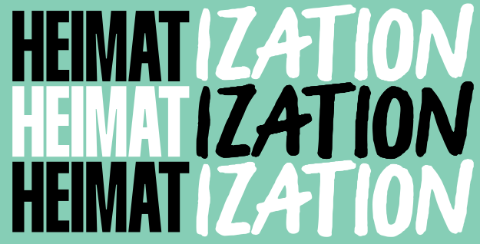(Post) East German?
Conversation
We., 16.4.2025
19:00
Safi Faye Hall
€5
In German, simultaneous translation into English, and German Sign Language (DGS)

The GDR was one of two successor states to Nazi Germany. The GDR was the attempt at an anti-fascist alternative to National Socialism. The GDR was a state that terrorized and murdered people. The GDR was under the direct influence of the Soviet Union. The GDR had the better literature. There was a totalitarian system of surveillance and spying in the GDR. Various forms of political resistance developed in the GDR. The GDR came to an end through a peaceful revolution. In the first and last free elections in the GDR, almost half of the eligible voters voted in favour of the conservative electoral alliance Allianz für Deutschland. Today, the völkisch-oriented AfD (Alternative für Deutschland) is the strongest force in the new federal states, and yet 73 per cent of its voters live in the old federal states and in Berlin. Whoever speaks about (post) East Germany, should not keep quiet about West Germany.
The second evening of the Heimatisierung discussion series is dedicated to the question of how these facts, assertions, and attributions shape today’s reality and how a (post) East German identity can actually be narrated. Lawyer and anti-discrimination trainer Sergej Prokopkin gives a keynote speech on the Post-East approach, which he co-developed. Afterwards, author Paula Fürstenberg, cultural scientist Peggy Piesche, historian Patrice G. Poutrus, and musician and writer Yuriy Gurzhy discuss these and other questions, moderated by the heimaten co-curators Max Czollek and Ibou Diop.